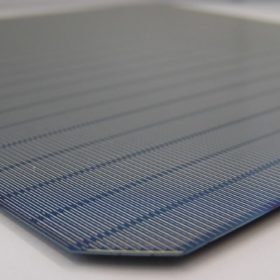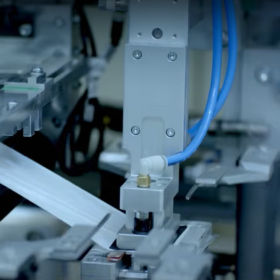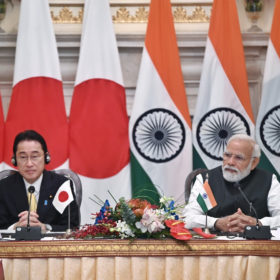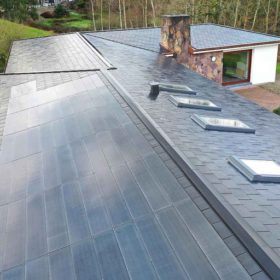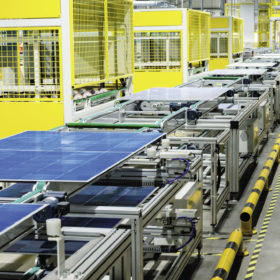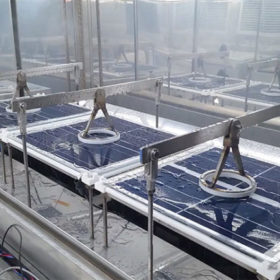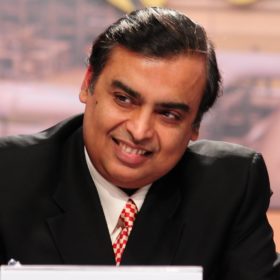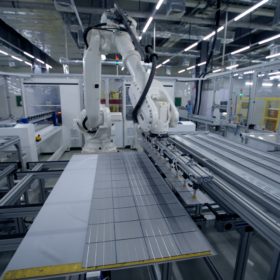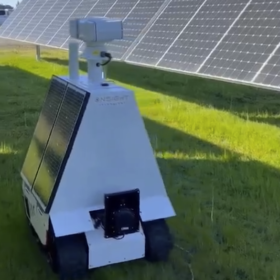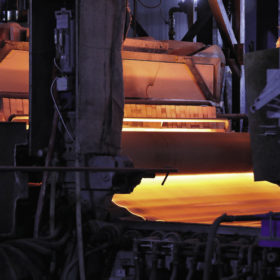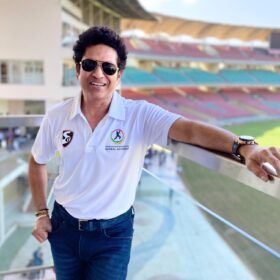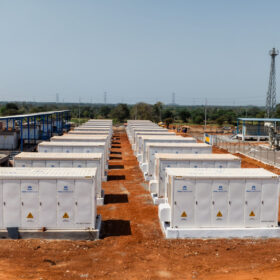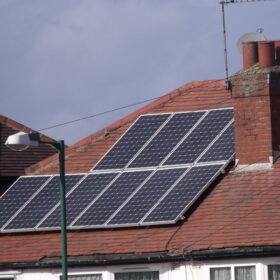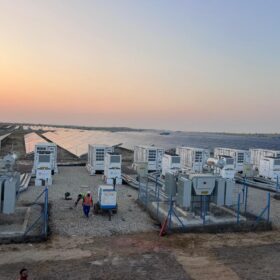POLO-IBC solar cell with 23.7% efficiency
Scientists in Germany have developed two kinds of solar cells based on n-type doped electron-collecting poly-Si on oxide (POLO) junctions with aluminum-alloyed p+ contacts. Both devices are claimed to be possible upgrades of PERC technologies. The best-performant cell is an IBC device showing a power conversion efficiency of 23.71%, an open-circuit voltage of 711.5mV, a short-circuit current of 41.3mA/cm2, and a fill factor of 80.9%.
Ola Electric invests in Israeli EV battery specialist StoreDot
The Indian electric mobility player, which plans gigawatt-scale battery cell manufacturing, has embraced Israel-based StoreDot’s extreme-fast battery technology that charges from 0 to 100% in just five minutes.
India and Japan to cooperate on solar power, clean hydrogen and electric vehicles
Under their clean energy partnership, both countries also agreed to cooperate in the disposal, recycling, and reclamation of valuable materials from batteries, solar panels, turbine blades, and electronics.
New solar tiles from Denmark
Danish BIPV specialist Dansk Solenergi has added two more tiles to its product range – an 18.15%-efficient dark grey panel and a 16.7%-efficient terracotta product. Both panels have an operating temperature coefficient of -0.34% per degree Celsius.
The long read: The right time for TOPCon
The potential advantages of n-type technologies have long been known to solar manufacturers, and such applications have been the focus of much of their research and development activities. Recent developments see 2022 shaping up as the year when n-type goes into mass production, led by tunnel oxide passivated contact (TOPCon) cells. pv magazine takes a closer at this cell technology and its route to the mainstream.
US consortium aiming for 50-year PV
The US Department of Energy’s durable materials consortium is a multi-laboratory unit that stress-tests solar modules for durability. It aims to extend the useful life of PV.
Reliance to acquire cobalt-free battery specialist Lithium Werks
The Indian multinational business conglomerate has signed the agreement to buy Netherlands-headquartered lithium iron phosphate (LFP) battery specialist Lithium Werks for US$ 61 million, including funding for future growth.
India’s solar modules production capacity could reach 36GW by 2023 end
The solar cells production capacity is also expected to jump to 18GW in two years from just 4GW currently.
Fully autonomous robot for solar O&M
OnSight Technology has developed a tele-operated vehicle to clean solar arrays. It is equipped with a radiometric thermal imaging camera and an optical zoom camera backed by artificial intelligence. It has a range of 12 hours and a speed of 1.6 km per hour.
The long read: Indian solar manufacturing sector is set for a boom
The Indian solar manufacturing sector is set for a boom in the coming years, due to the country’s enormous appetite for solar and policy support in the form of import duties and local production incentives. On the technology side, a few players are already looking at n-type TOPCon cells, but their embrace by the majority has been slow to materialize, due to the high investment costs that are required. This ensures that the build-out of new PERC capacity will continue over the short term.
